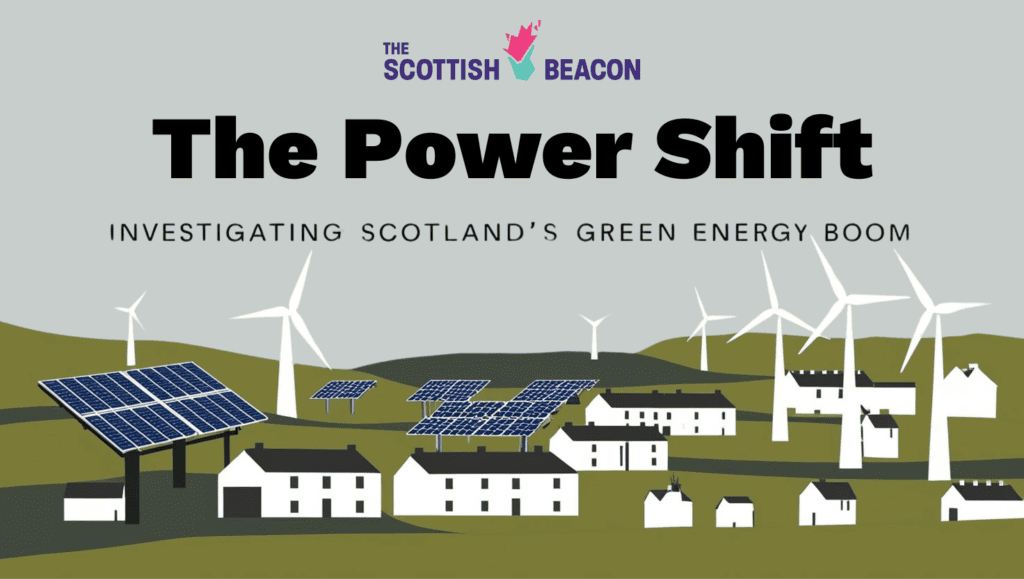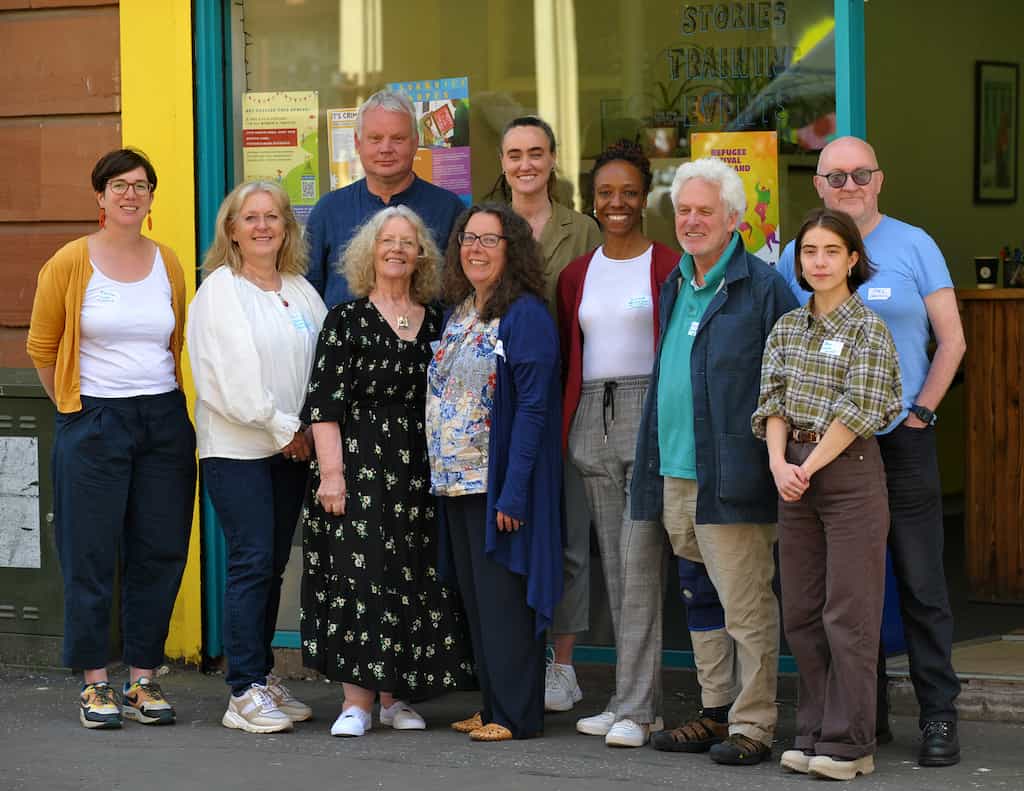As someone who founded an independent, hyperlocal publication – Greater Govanhill magazine – I know how challenging it is to build and sustain local journalism on your own. The old commercial model no longer works: advertising budgets now flow to big tech platforms, people here aren’t used to paying for news, and there are very few grants available for journalistic projects.
In other words, no one sets up a local news venture for the money; they do it because they care about the place they live and want to see it thrive.
Running a local outlet can be lonely work, but every time I met others doing something similar, the conversations were energising – sharing challenges, solutions and inspiration and working together to tell stories that lead to positive social change. It quickly became clear how much stronger we could be through collaboration, which is why I set up the Scottish Beacon in 2023.
Today, the Scottish Beacon brings together 25 independent, community-run publications across the country – and this is only the beginning. There are many more local outlets out there, and we’d love to welcome them in.
I’ve also seen first-hand what happens when there isn’t any local news coverage. In towns and villages that have become news deserts, people often rely on social media, where information isn’t always reliable and can fuel division. We’ve seen this happen around the renewables debate, where a lack of scrutiny and trusted information can inflame tensions.
But producing local journalism isn’t always straightforward. In rural and island communities, everyone knows each other. There’s no anonymity or distance – journalists see the people they write about in the shop, the school or the ferry queue. That close-knit dynamic helps keep reporting fair, but it also brings challenges for those trying to cover sensitive or polarising issues.
I asked some of our partners to share their thoughts on the role of independent, community-based journalism, particularly when covering a topic like The Power Shift.
Sarah Ade, editor of the Glenkens Gazette:
“Hyper-local, independent news – especially in print format, like the Glenkens Gazette – is of huge value in today’s fast-paced, primarily digital world. It offers readers the chance to find out about, and contribute to, discussion on topics of genuine impact to them and their community. It offers a platform for people to unite in a shared vision and to share values; it offers a sense of community in an increasingly fragmented world. And as an independent news platform, it offers a voice that is purely there to raise issues relevant to the community it serves, in a non-sensationalist way that fosters constructive debate on issues of great importance and so brings communities together instead of fragmenting them.
Julian Calvert, editor of the The Lochside Press:
“I’m based on the Rosneath Peninsula, which often feels a long way from where the decisions are taken which affect people’s lives – our local council headquarters is 65 miles away and the largest employer, the MoD, is based in London. The village where I live has already had to take over its public hall and library to keep them running, the school has been under threat previously and our lifeline ferry service has also seen cutbacks; locally-based journalism is vital in giving rural communities a voice and fighting to protect their services.
“The Scottish Beacon project helps in showing that many of the issues we face here – ranging from energy to local democracy – are not just local, but part of a pattern across Scotland, helping us to find common cause with communities ranging from Galloway to Shetland.”
Jane Cruikshank, editor of The Bellman:
I started The Bellman only when I realised the loss of a functioning local paper seriously affected both understanding of local government actions – and loss of the connectivity brought by sharing good information. That last detail is important as social media provides too easy a platform for ill-informed inflammatory opinion that upsets and divides a community.
“Stonehaven is adjacent to a proposed substation focal point on a high-voltage transmission corridor that will have a huge impact on a relatively small number of people. The Bellman has done its best to keep everyone informed about every consultation/application/determination along the way in a manner that could not be achieved in the national press.
Silvia Muras, editor of the Kyle Chronicle:
“Kyle Chronicle covers a vast, sparsely populated, very remote rural area in south and central Sutherland, made up of diverse small communities which find it easier to see what’s happening in Inverness than to know what’s happening at the nearby community’s village hall. Although social media has contributed to the spread of local information, still many people are left out if they don’t use this, and mainstream local press covers a much wider area, with larger towns obviously attracting more attention than the Kyle of Sutherland area.
“Our project aims to break down barriers to accessing meaningful local information for people living in our rural environment, particularly elderly population, who make up 34.3% of the total local population. Kyle Chronicle also aims to give a platform for local voices to be heard, with contributions and comments from local representatives, organisations and above all, our readers, at a level that national and corporate media cannot offer.

This article is part of The Power Shift – a collaborative investigation by 10 independent, community-based publishers across Scotland, exploring the impact of the green energy transition on communities. Co-ordinated by the Scottish Beacon and supported by the Tenacious Journalism Awards, the project aims to amplify local voices, facilitate cross-community learning and push for fair, transparent energy development.
Sign up to the Scottish Beacon newsletter for all the latest from this project.

